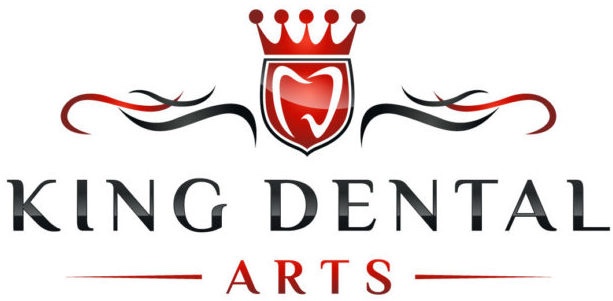Restoring Smiles and Functionality
How Going Digital Can Help Your Practice
It’s quicker
It’s less expensive
It’s accurate
We can use a scanned or traditional impression or model of your patient to create an ideal smile makeover digitally. For presentation and mounting purposes, we fill in the hollowed out printed model with white lab stone. More robust and professional looking to present to patients than a lightweight, hollowed out printed model. Helps you begin with the end in mind. Most patients will accept treatment if they can visualize a beautiful outcome. Make your patient’s dream of having beautiful and functional teeth come true.

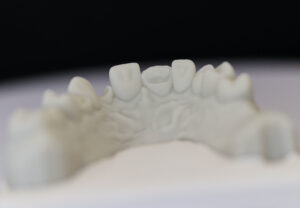
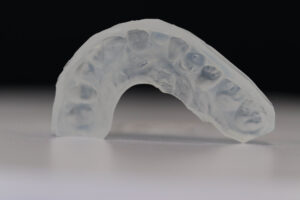
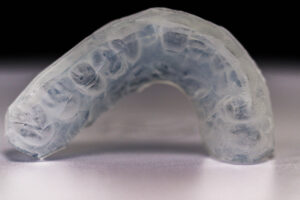
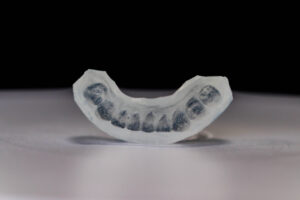
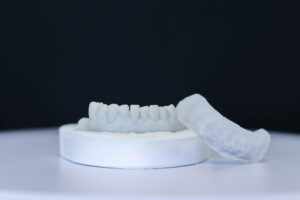
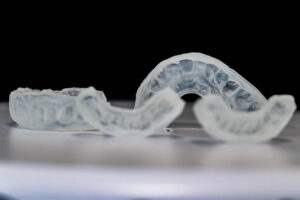
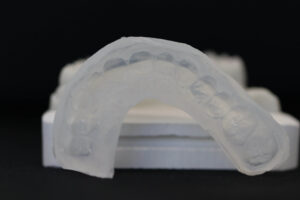
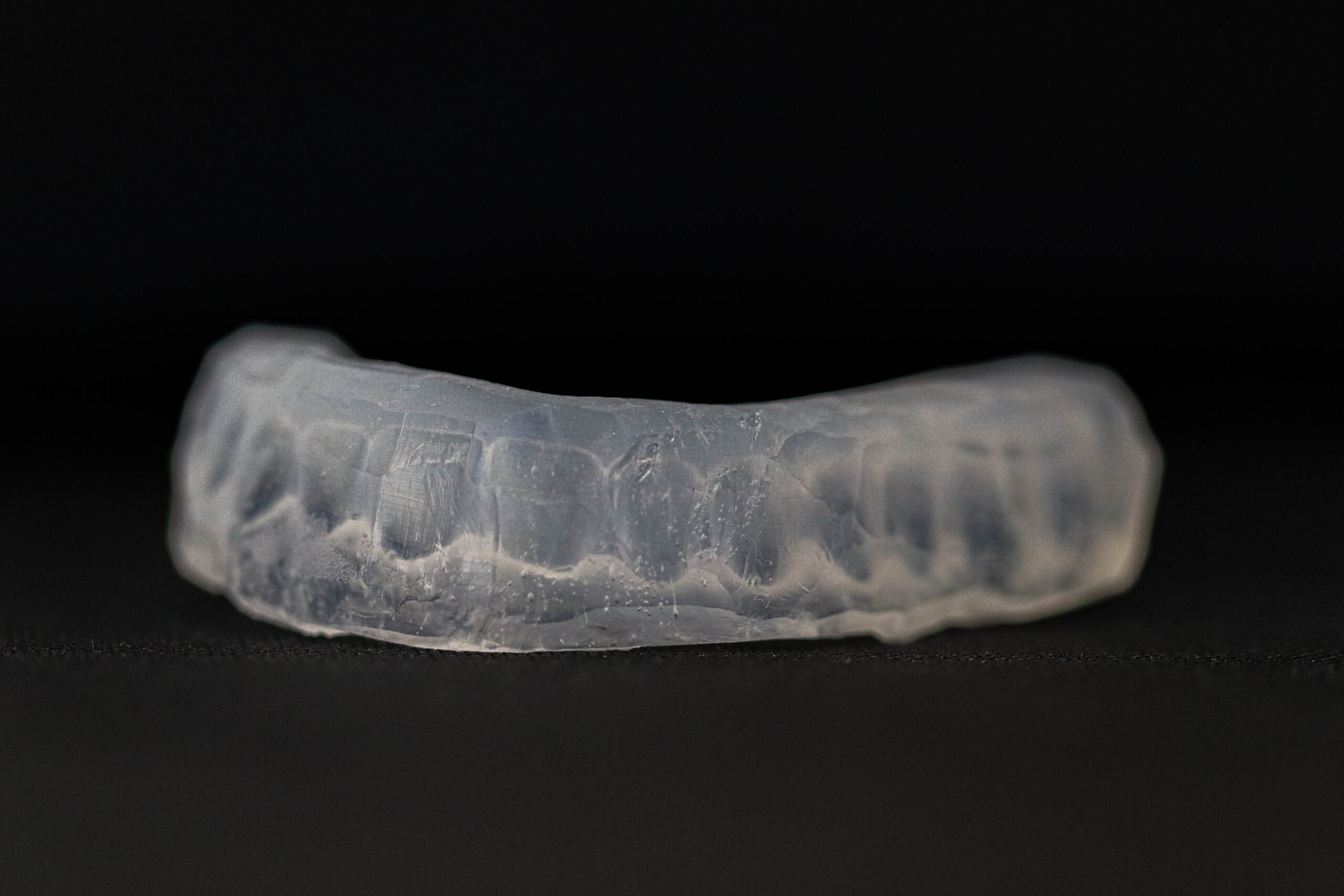
Digital Hurdles
Cosmetic Makeovers and Full-Mouth Reconstruction
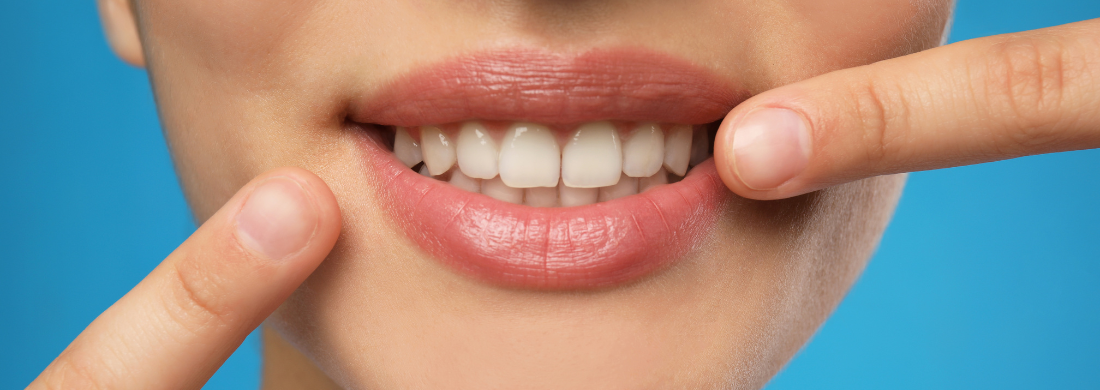
In the realm of full mouth reconstruction, our goals are clear and precise. Our aim isn’t just about restoring smiles; it’s about restoring functionality, harmony, and the health of our patients’ bites.
Firstly, achieving a leveled plane of occlusion is paramount. This ensures that the teeth come together evenly, allowing for proper function and stability.
Next, we may need to adjust the vertical dimension of occlusion (VDO). Equal and precise adjustments in both the upper and lower arches while maintaining the correct arc of closure is crucial. This facilitates normal-sized restorations and harmonizes the bite’s functionality.
Our focus on canine guidance is vital—a fundamental principle. We aim for canine disclusion, where the canines guide movement, ensuring even pressure on the posterior teeth while preventing interfering cusps or bull cusps from touching during chewing or jaw movements.
Removing interferences, particularly those (bull) buccal of the upper and lingual of the lower cusps, is imperative. These interfering cusp tips can trigger progressive occlusal issues, potentially leading to TMJ disorders. By adjusting and eliminating these interferences, we alleviate TMJ symptoms, offering relief to patients suffering from TMJ-related headaches.
Ultimately, our endeavor extends beyond mere aesthetics. It’s about functional harmony, ensuring each patient can bite comfortably, chew without discomfort, and maintain oral health free from occlusal diseases.
We align with renowned principles of occlusion—Spear, Kois, Dawson—to achieve incisal guidance within the correct envelope, balancing occlusion for optimal performance. Posterior teeth should evenly occlude on the lingual of uppers and buccal of lowers, with clear lines on the lingual of maxillary anterior and dots on the posterior teeth when the occlusion is right.
Remember, it’s not just about aligning teeth; it’s about aligning lives with comfort, health, and function. By addressing these principles meticulously, we don’t just reconstruct smiles—we reconstruct lives.

The Importance of the Full-Face Non-Retracted Smile Photo
- The most important photo for the lab to receive
- Replaces stick bite and allows visibility of the horizontal plane
- Shows a cant and how to straighten it
- Shows lower lip and provides a guide for length
- Shows where the midline needs to be
- Shows how line angles need to be corrected


